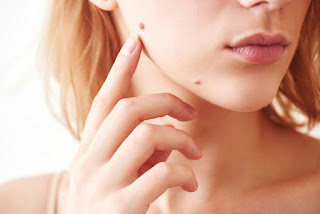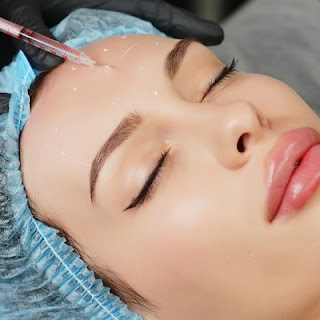Understanding Different Types of Moles: A Comprehensive Guide
Moles, also known as nevi, are common skin growths that can appear anywhere on the body. While most moles are harmless, it is important to understand the different types of moles and their characteristics to identify any potential risks or changes that may require medical attention. In this comprehensive guide, we will explore the various types of moles and their significance.
1. Common Moles: Common moles are the most prevalent type of mole and typically appear during childhood or adolescence. They are usually round or oval-shaped and have a smooth surface. Common moles can range in color from pink to brown and are often less than 6 millimeters in diameter. While common moles are generally benign, any changes in size, shape, color, or texture should be monitored closely.
2. Atypical Moles: Atypical moles, also known as dysplastic nevi, are larger and more irregular in shape compared to common moles. They often have uneven borders and may exhibit variations in color, with a combination of tan, brown, and pink shades. Atypical moles can resemble melanoma, a type of skin cancer, and individuals with multiple atypical moles are at a higher risk of developing melanoma. Regular self-examinations and routine dermatological checks are essential for monitoring these moles.
For more info about mole removal in islamabad, please check
3. Congenital Moles: Congenital moles are moles that are present at birth. They can vary in size and shape, ranging from small to large, and can be classified as small, medium, or giant congenital nevi. Giant congenital nevi, which cover a significant area of the body, are associated with a higher risk of developing melanoma. It is crucial to monitor congenital moles closely, particularly larger ones, and consult with a dermatologist for regular check-ups.
4. Halo Moles: Halo moles are characterized by a ring of depigmentation or whitish skin surrounding the mole. This depigmentation occurs as the immune system attacks the mole, leading to the loss of pigmented cells. Halo moles are usually harmless and tend to resolve spontaneously over time. However, it is advisable to consult with a dermatologist for proper evaluation, as the appearance of a halo mole may sometimes indicate an underlying autoimmune condition.
5. Spitz Moles: Spitz moles, also known as Spitz nevi, are typically found in children and young adults. They are raised, dome-shaped moles that can range in color from pink to red, brown, or black. Spitz moles can sometimes resemble melanoma clinically and histopathologically, making them challenging to diagnose accurately. Therefore, a biopsy is often recommended to differentiate between Spitz moles and melanoma.
6. Acquired Moles: Acquired moles are moles that develop later in life and are influenced by various factors, including sun exposure. These moles can be similar in appearance to common moles and often occur on sun-exposed areas of the body. While acquired moles are generally harmless, it is crucial to monitor any changes in size, shape, or color.
It is important to remember that any changes in moles, such as rapid growth, irregular borders, changes in color or shape, or the development of symptoms like itching, bleeding, or pain, should be promptly evaluated by a dermatologist. Dermatologists employ various techniques, such as visual examination, dermoscopy, and biopsies, to assess moles and determine the need for further treatment or monitoring.
In conclusion, understanding the different types of moles is essential for recognizing any potential risks or changes that may require medical attention. While most moles are harmless, it is crucial to monitor them regularly and seek.
Book your appointment now https://www.royalcosmeticsurgery.com.pk




Comments
Post a Comment